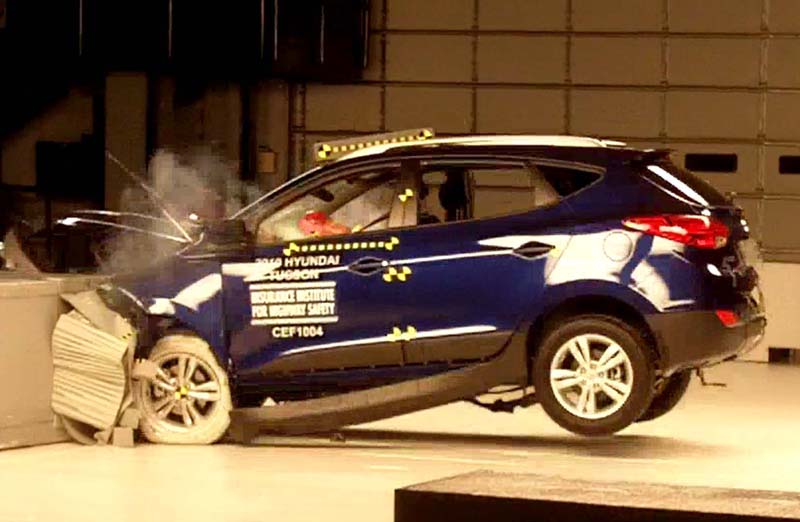 For years, various states have been trying to solve their traffic safety problems by implementing intricate, and often expensive solutions, such as adding more lanes to a specific stretch of highway, or completely redesigning various parts of a highway, but these methods have not been entirely successful. That’s why the Federal Highway Administration (FHWA) has created a program to help states address these issues and make road safer, with a fund that is intended to help improve highway safety in the country.
For years, various states have been trying to solve their traffic safety problems by implementing intricate, and often expensive solutions, such as adding more lanes to a specific stretch of highway, or completely redesigning various parts of a highway, but these methods have not been entirely successful. That’s why the Federal Highway Administration (FHWA) has created a program to help states address these issues and make road safer, with a fund that is intended to help improve highway safety in the country.
The FHWA has put about $10 billion from the federal highway safety fund at the disposal of all states, which they can use over a five-year period, to finance their highway safety improvement projects. In addition to funding highway safety projects, the FHWA has also been helping states pinpoint the most dangerous sections of their highway networks, where the majority of all serious traffic accidents occur, so that they can target those specific, short stretches, instead of rebuilding entire highways, and save taxpayers’ dollars.
South Carolina has some of the highest traffic-related death rates at intersections, which is why state authorities have decided to join forces with the FHWA and use the agency’s resources to try and reduce the number of accidents occurring at intersections across the state. Together, they have analyzed crash data for the past five years, in order to single out the most dangerous intersections, and improve their design.
The results of this analysis pointed to about 2,000 intersections, where most of the accidents in South Carolina have happened. The state immediately started to make improvements at those intersections, with most of them involving relatively cheap, low-tech solutions. The improvements were made by a private contractor, and the projects were paid for with money from the federal highway safety funds. Each intersection cost about $6,000 to fix on average, and state officials have announced that the whole project cost nearly $12 million. There were no complicated construction efforts, but only simple solutions, such as redesigned and enhanced horizontal and vertical signalization, and addition of new signs on places where no signalization existed before, including oversized diamond-shaped warning signs on the left and right sides of the road ahead of intersections, advance street name signs, retroreflective sign post panels, putting new pavement markings in place, addition of crosswalks, and installing one traffic light per lane at intersections.
After the completion of these activities, South Carolina saw a 22 percent reduction in accidents at the improved intersections, which has prompted other states to follow suit and use the funds from the federal Highway Safety Improvement Program to modify their intersections. Now, there are 25 states, including Georgia, Minnesota, and Ohio, that are involved in similar projects in partnership with the FHWA.
So far, this systemic approach has yielded impressive results in many states, and has proven to be the most appropriate method for enhancing the safety at the most dangerous intersections and significantly reducing the number of intersection fatalities.